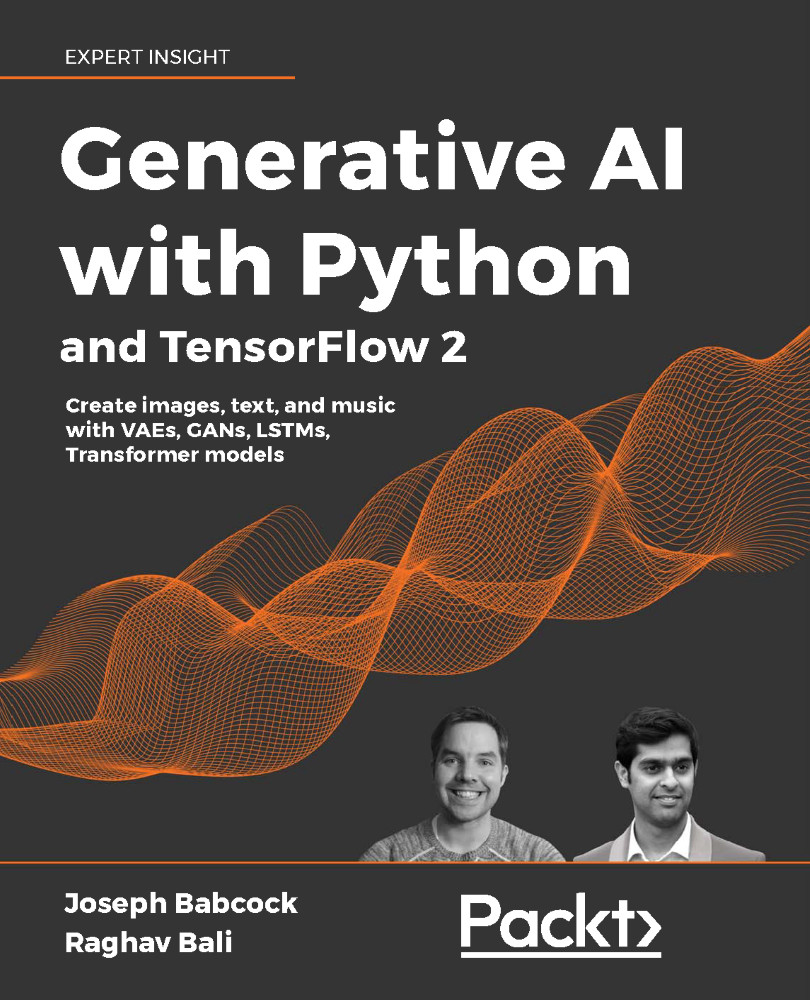Multi-layer perceptrons and backpropagation
While large research funding for neural networks declined until the 1980s after the publication of Perceptrons, researchers still recognized that these models had value, particularly when assembled into multi-layer networks, each composed of several perceptron units. Indeed, when the mathematical form of the output function (that is, the output of the model) was relaxed to take on many forms (such as a linear function or a sigmoid), these networks could solve both regression and classification problems, with theoretical results showing that 3-layer networks could effectively approximate any output.15 However, none of this work addressed the practical limitations of computing the solutions to these models, with rules such as the perceptron learning algorithm described earlier proving a great limitation to the applied use of them.
Renewed interest in neural networks came with the popularization of the backpropagation algorithm, which...













































































